Rhododendron are easy to propagate from cuttings using the right techniques and care throughout the rooting process. Learn how to propagate rhododendron from cuttings, and fill your garden with your favorite rhododendron plants.
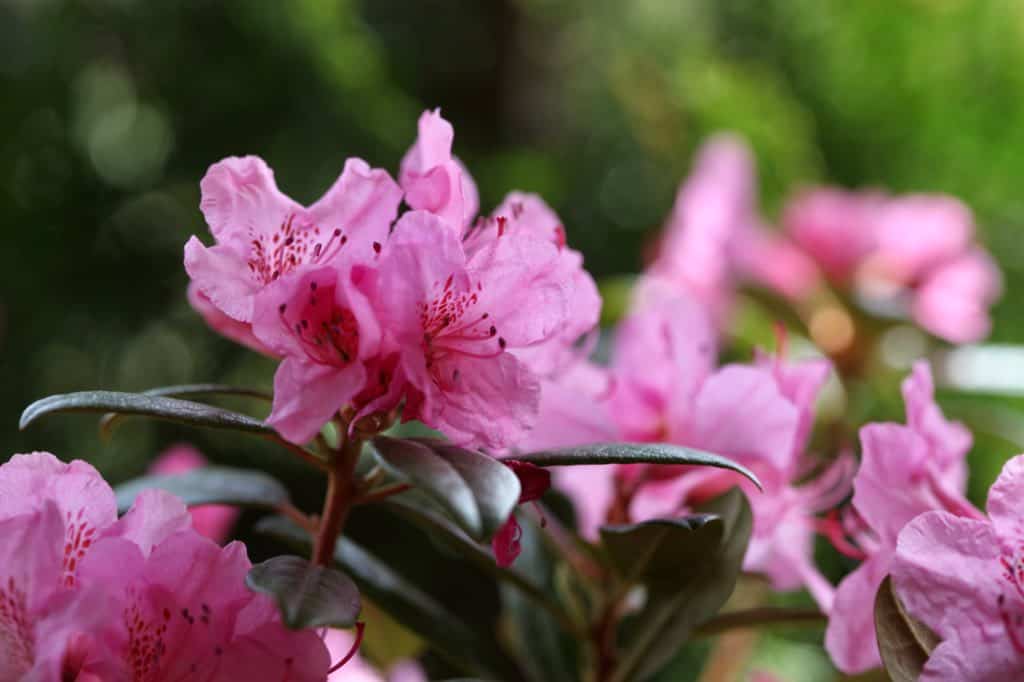
In springtime, the rhododendron bushes in the neighbourhood put on an amazing floral display.
Depending upon the type of winter that we've had, the blooming will range from what we usually expect, to so much more, with the bushes absolutely bursting with vibrant colored blooms.
If you often admire the different cultivars in your own neighbourhood, and wonder how you might be able to grow those particular plants, then this post on propagating rhododendron cuttings is for you.
If you are also coveting certain evergreen azalea varieties in the neighbourhood, this post is definitely for you as well.
You may be able to trade some stems with fellow gardeners or neighbours, and grow a few new plants of those you have been searching for, in your own garden.
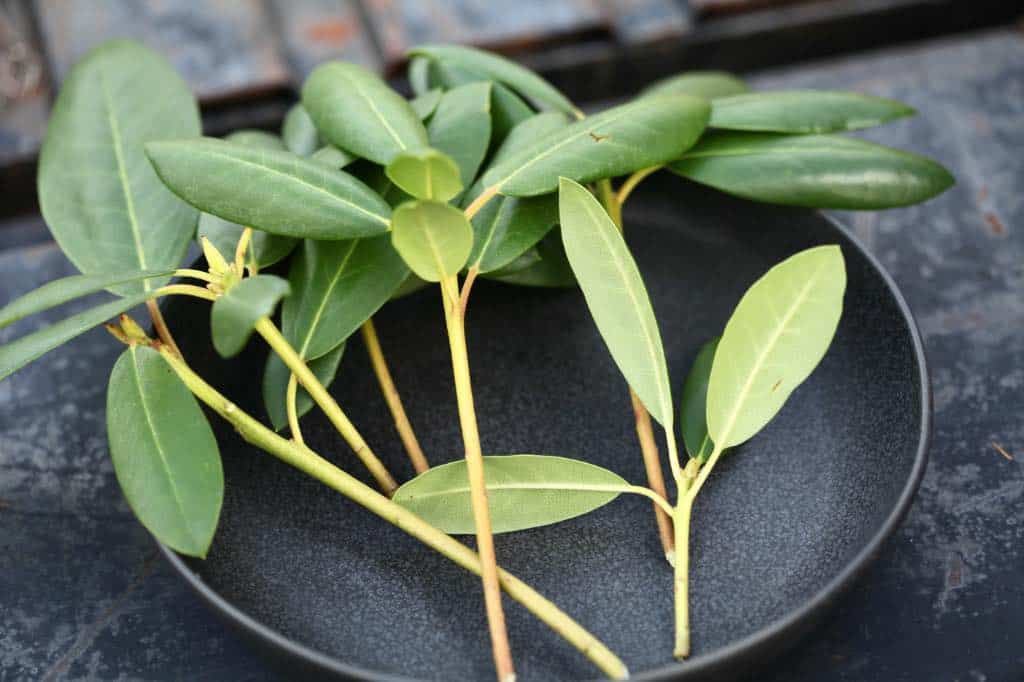
Rhododendrons are evergreen flowering shrubs and trees from the genus Rhododendron, and Family Ericaceae.
The genus rhododendron has many different species of rhododendron, which have been subdivided into different classifications, including subgenus, sections, and subsections.
Azaleas are also included in the same family and genus as the true rhododendron, however fall under a different subgenus.
Therefore propagation techniques for growing rhododendron from cuttings will also apply to evergreen azaleas.
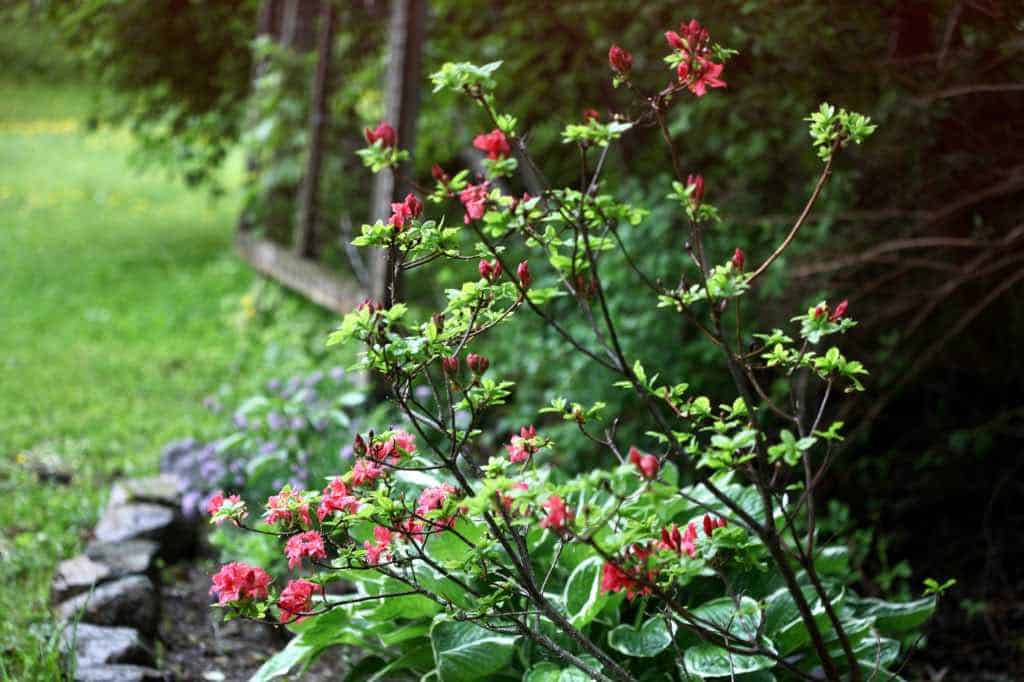
How Do You Propagate Rhododendron From Cuttings?
Take cuttings from new rhododendron growth, which is a few months old. These stems are considered semi hardwood, and are best for rooting success. Cut below a leaf node. Shave a thin slice of bark at the bottom of each cutting, up one inch on both sides of the stem. Dip into rooting hormone, and plant. Cover with a humidity dome, and mist until rooted.
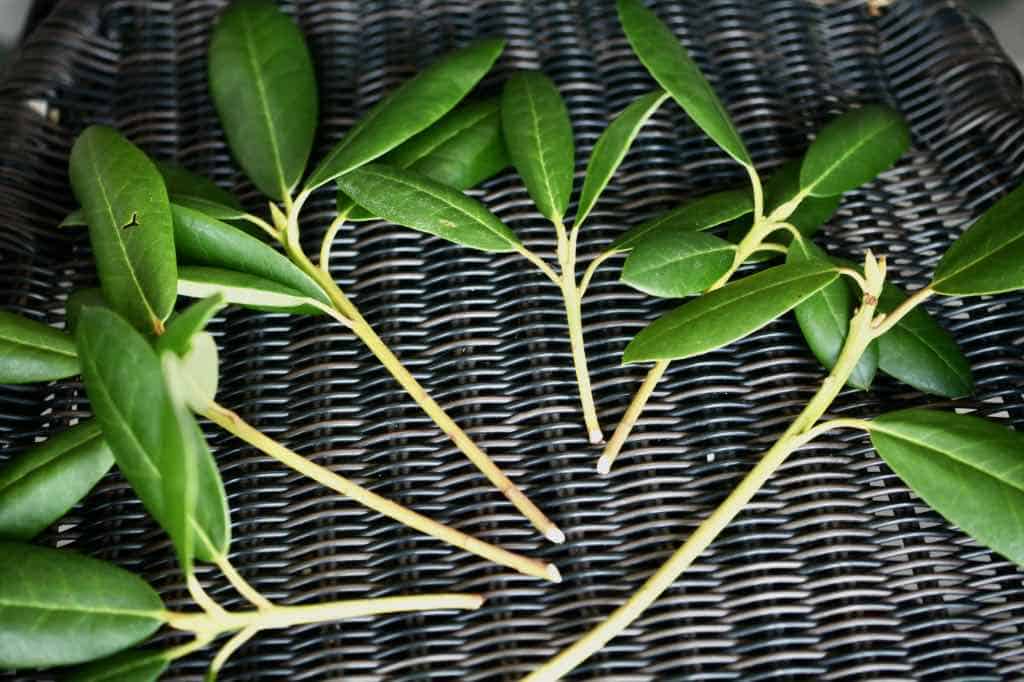
If you are looking for more details, please read along further.
Propagating is the process of reproducing plants. The new plants that are produced can be either a clone of the plant, or offspring of the plant.
Rhododendron can be propagated using a number of different methods.
Some of these methods include propagation by:
- cuttings
- air layering
- and seed
When rhododendrons are propagated by cuttings and air layering, the resulting plants are clones, and will be exactly the same as the parent plant.
When rhododendrons are propagated by seed, resulting rhododendron seedlings will be new hybrids, and will not necessarily look like the parent plant. The new plants may look completely different.
Growing from seed will also take much longer to grow than new plants grown from cuttings.
In this post we will focus on propagating rhododendrons by cuttings.
Taking cuttings and successfully rooting is one of the easiest ways to propagate these plants.
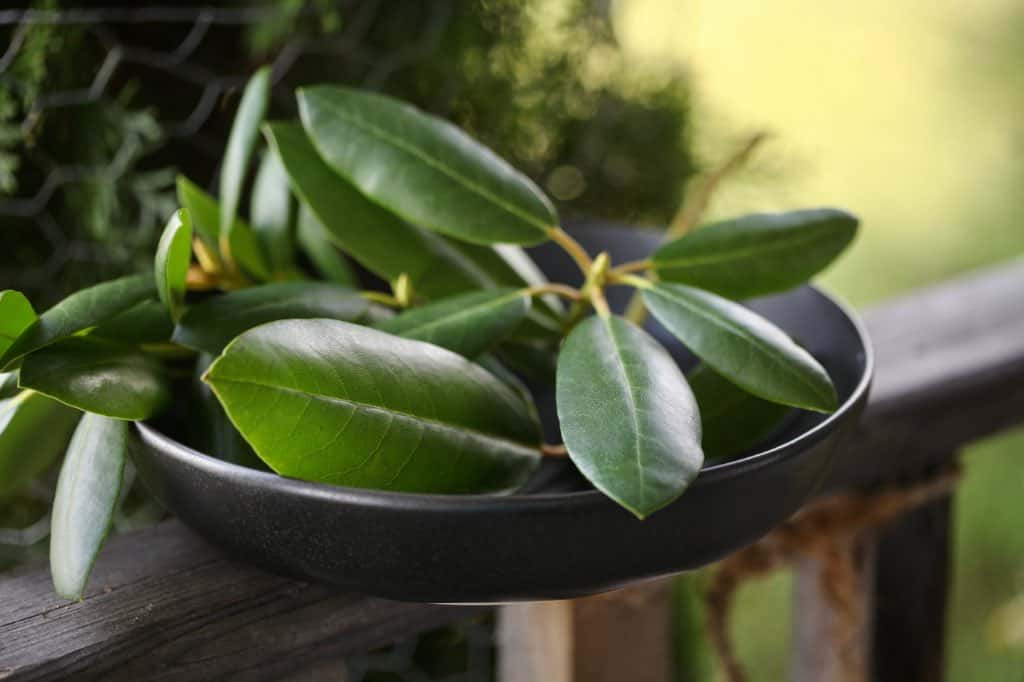
Are Rhododendrons Easy To Root?
Rooting rhododendron cuttings successfully is actually quite easy, if you use the right techniques.
It will take several months to know if you have been successful, as the cuttings remain green and fresh, long after they have been removed from the plant.
However it can take up to six months to a year for the cuttings to root, so make sure that you do not pull them up out of the soil, before they have rooted.
Once you get the hang of it, you may find yourself looking at different rhododendrons and thinking about taking more cuttings from a wide variety of cultivars.
It's a great way to increase the different rhododendron varieties in your garden.
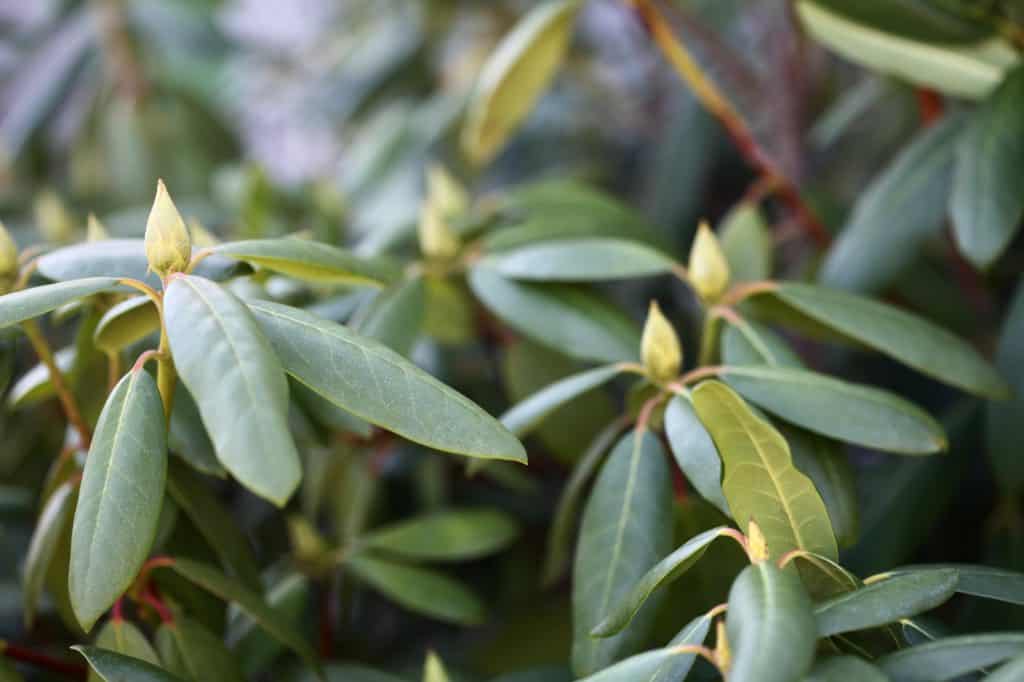
How To Propagate Rhododendron From Cuttings
Tools You Will Need:
- a planting tray, or several small clean pots
- sterile soilless potting mix
- rooting hormone (powder or liquid)
- sharp and clean cutting shears or scissors
- a misting bottle filled with water
- a humidity dome ( you can diy this part of the project if needed )
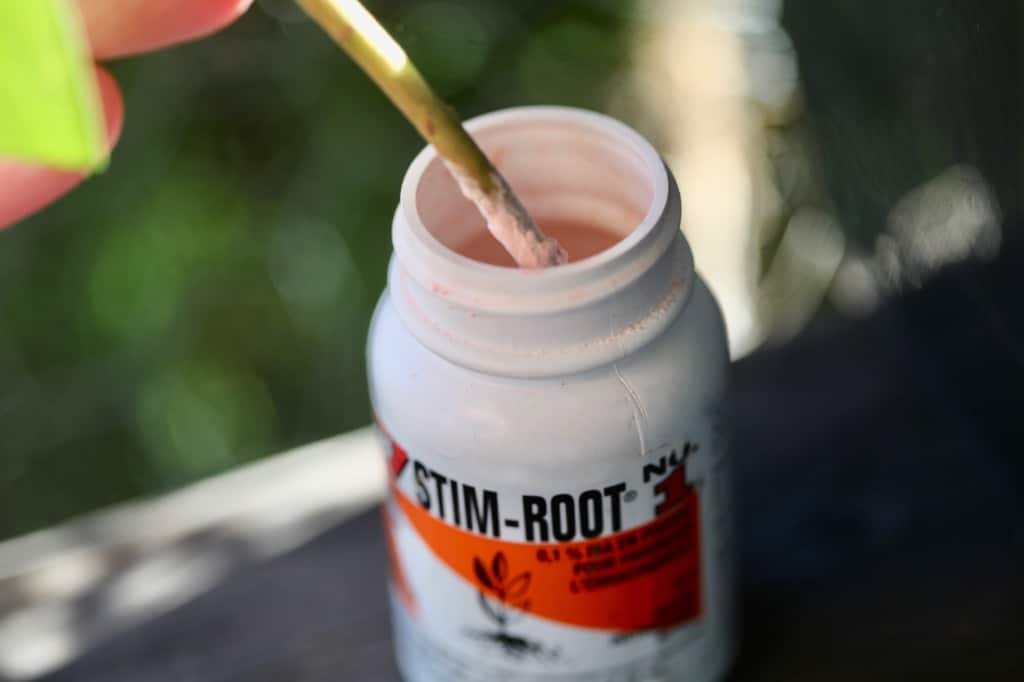
When To Take The Cuttings
- The best time to take rhododendron cuttings to propagate is in mid to late summer, or even early fall.
- Take cuttings from this year's growth when the stems are firmer, towards the end of the growing season.
- These stems are easy to identify, and appear green as compared to the previous year's growth which is generally brown.
- In spring when the new growth is fresh and considered softwood, the new shoots are more tender, and often very sticky to the touch.
- These stems may also be pinkish as they extend in length, and the new leaves begin to open and grow.
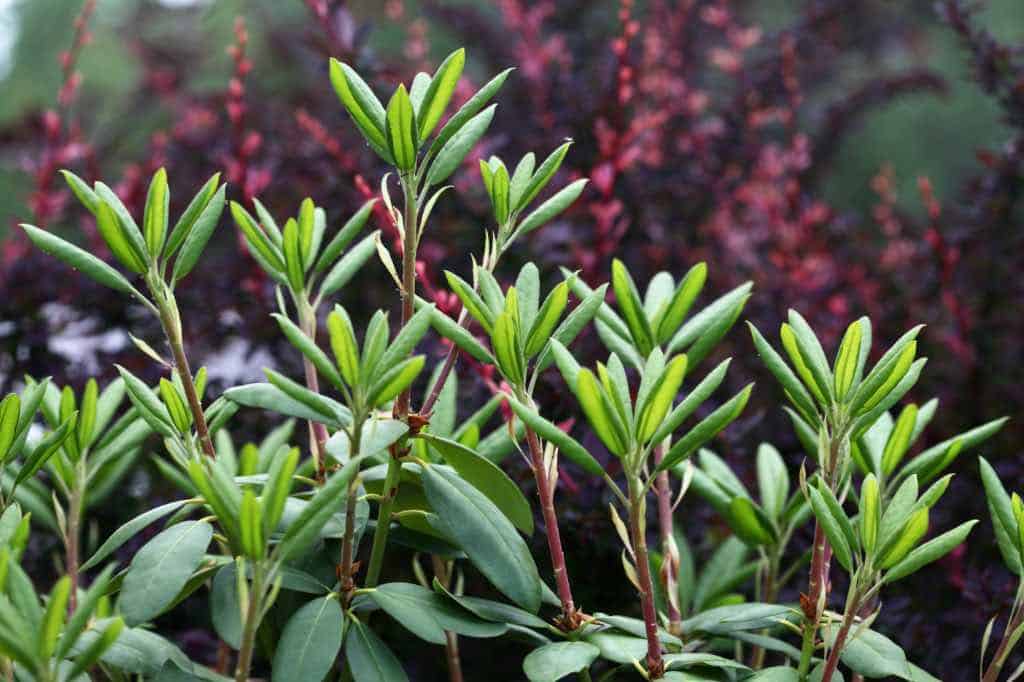
- When these stems are a few months old they have harder wood, and are considered to be semi hardwood. At this point they lose the sticky texture, and are generally smooth, dry and firmer to the touch.
- These are the best stems to take for cuttings.
- Take cuttings from the rhododendron plant early in the morning, when the stems are the most hydrated.
- Place the cuttings into a container of water until they are ready to be processed.
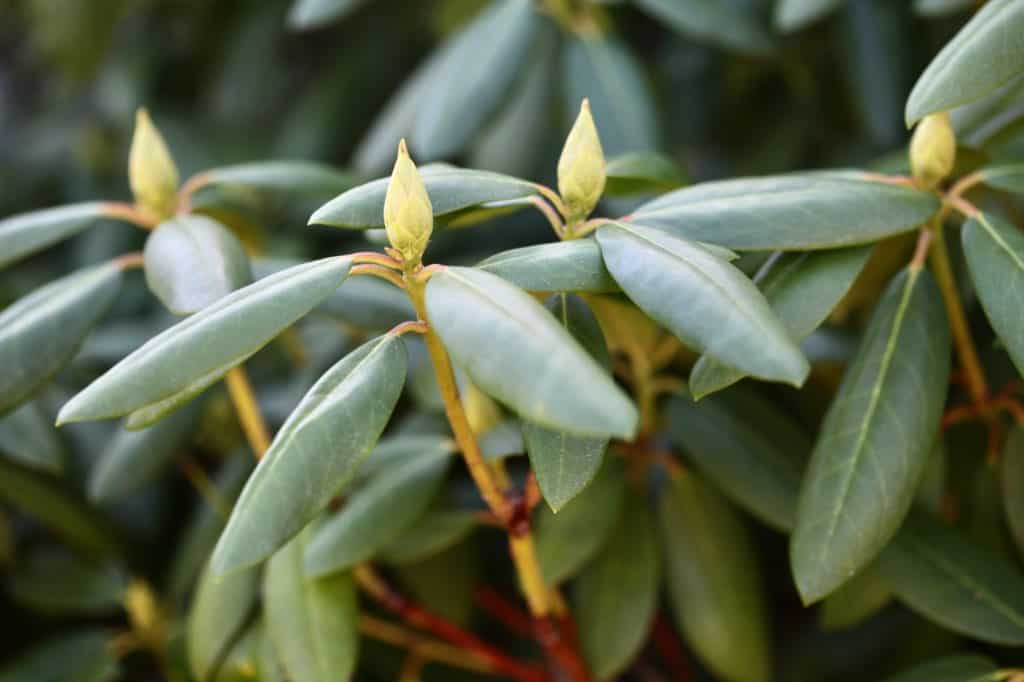
Where To Take The Cuttings
- Look at your rhododendron plant to determine where the plant might need a bit of pruning.
- Perhaps it's time to prune the rhododendron back in height. Or maybe some branches are growing outside of their growing space.
- Take your cuttings from these areas.
- Select branches which have smaller growth and slimmer stems. These stems will be easier to root.
- Try to avoid stems with flower buds at the shoot tip, and go for the stems with a leaf bud instead.
- If the selected stems do have flower buds, gently remove the buds from the top of the stems.
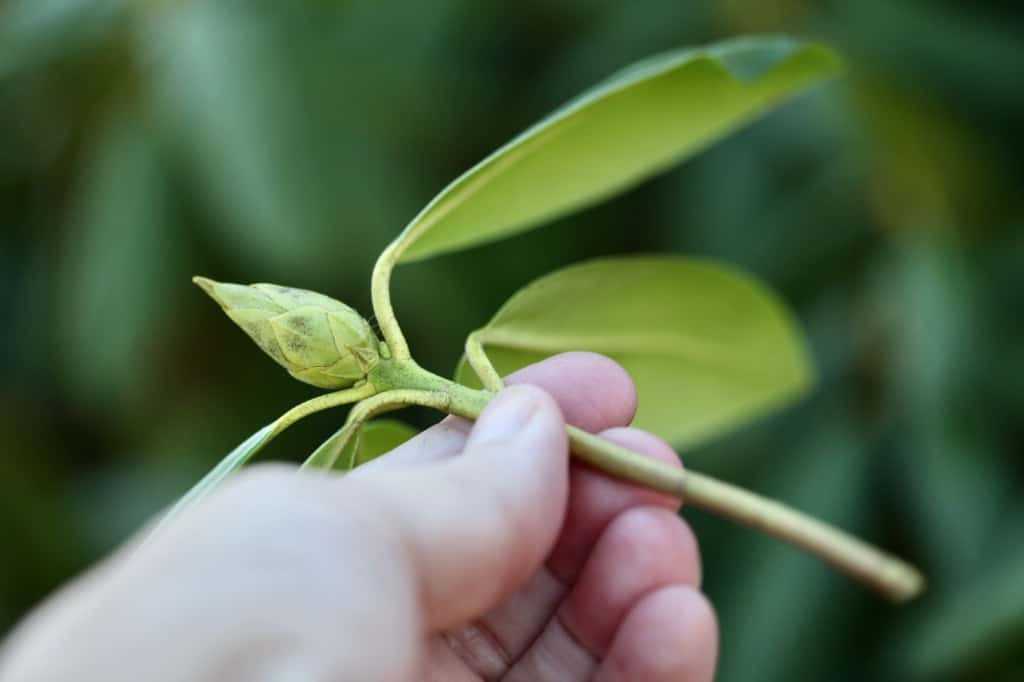
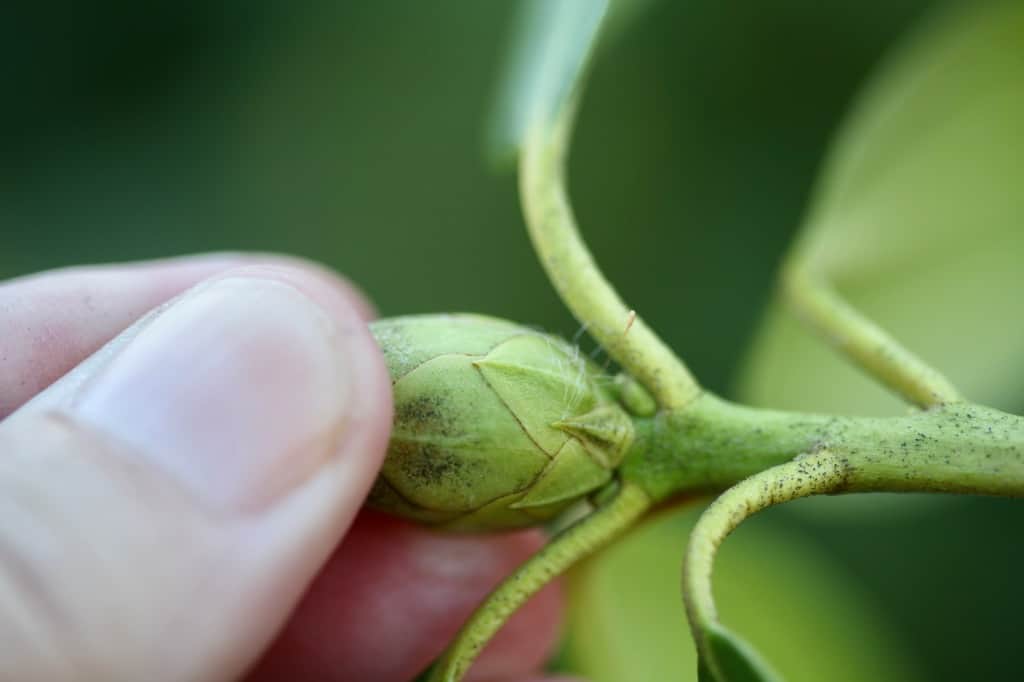
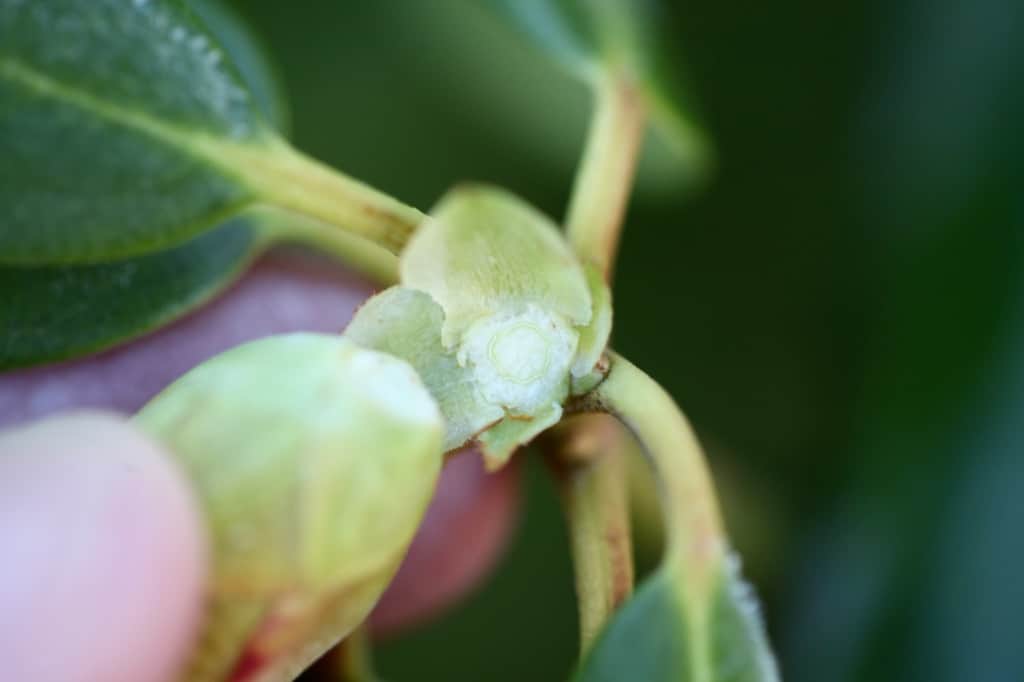
How To Take The Cuttings
- Snip the stems at approximately 4 inches from the tip of the stem. Make sure to snip below a leaf node for best success with the rooting.
- The roots will form at the leaf node locations, so it is important to have them on the cutting.
- Cut the stem end at a 45 degree angle.
- Take more cuttings than you need, as not all of the cuttings will successfully root.
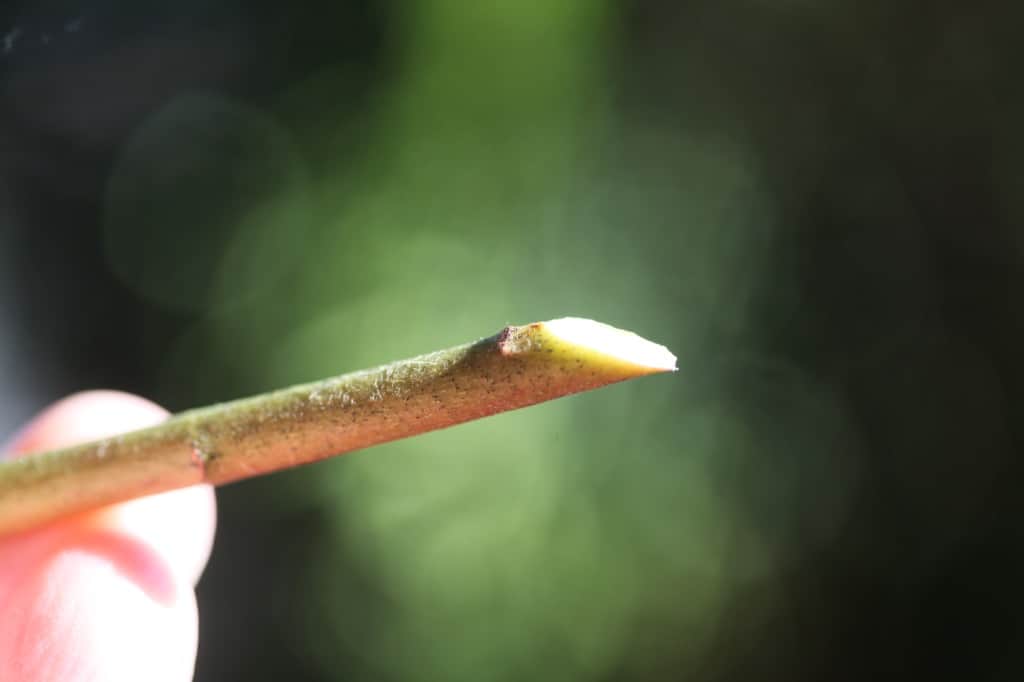
- Keep about two to four leaves on the top of each stem. Remove the remaining leaves.
- Cut each leaf in half to reduce the surface area of the leaves. Reducing the amount of leaf surface will help to prevent transpiration and moisture loss of the leaves.
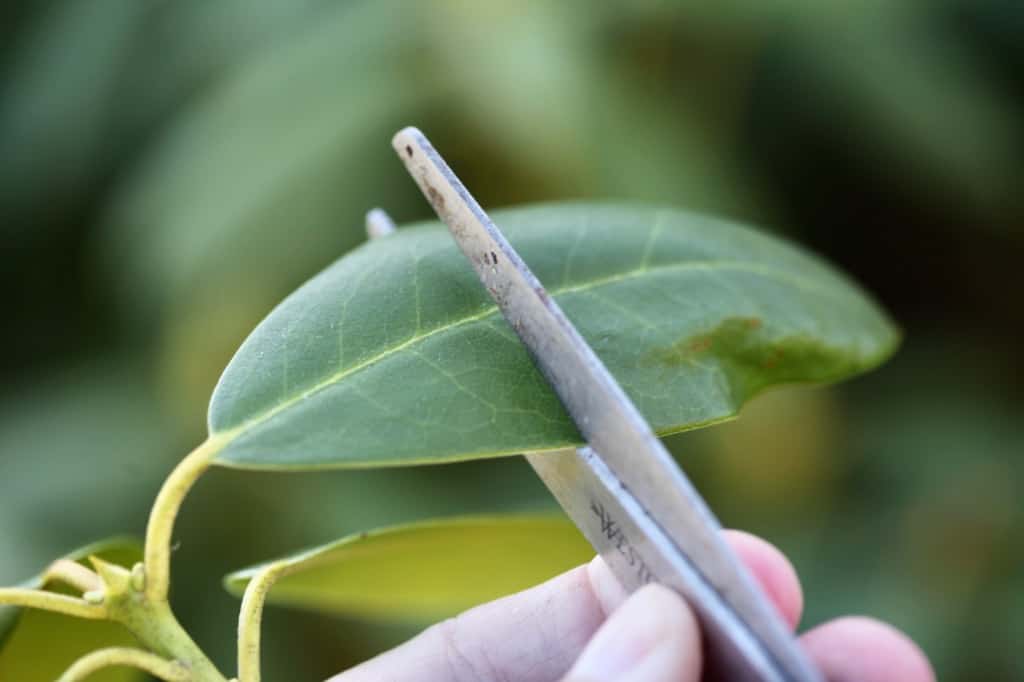
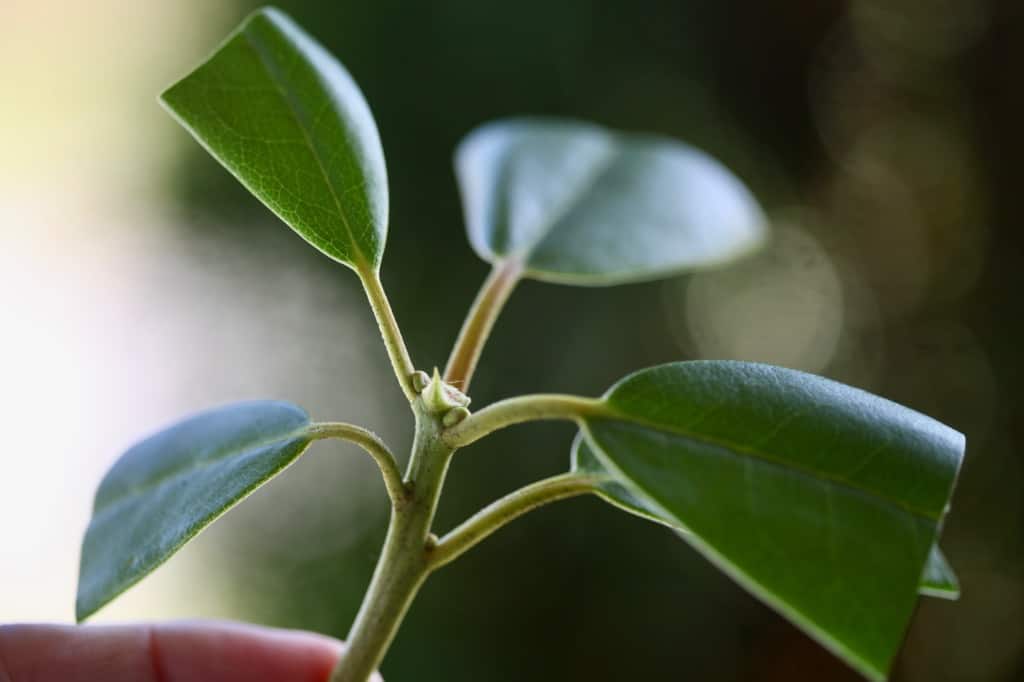
- With a very sharp knife and using a shallow upward cut, shave off a thin layer of bark at the bottom of the cutting, on each side of the stem. Remove just a thin amount of the bark, approximately an inch from the bottom of the stem.
- This will expose the cambium layers.
- After this step it's important to proceed to the next step of immediately, so that the cambium layer on the newly shaved cuttings does not dry out.
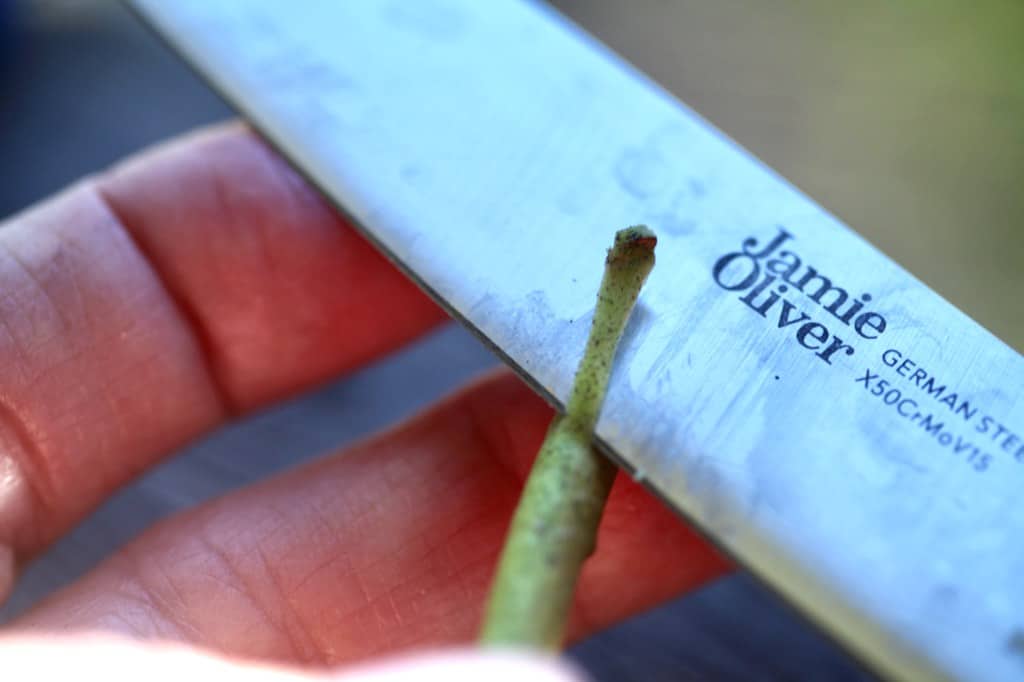
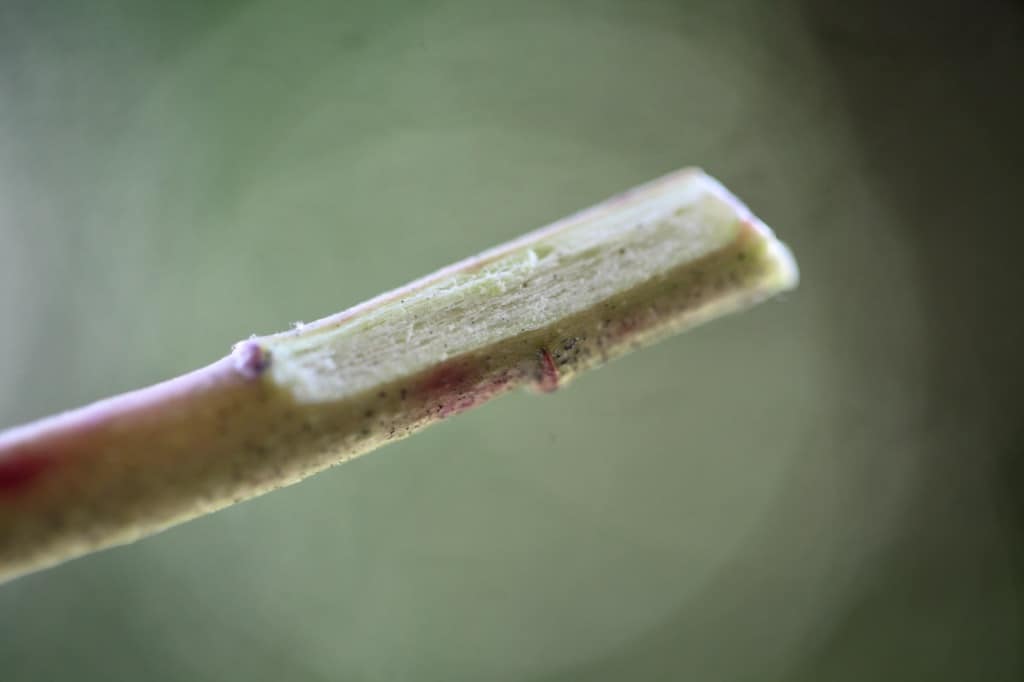
How To Plant The Cuttings
- Fill a pot or container with moistened potting mix. It's important that the pot or container has excellent drainage, so make sure that there are good drainage holes.
- Next it's time to apply rooting hormone. You can use a hormone powder or liquid rooting concentrate, such as dip 'n grow.
- Dip the bottom of the stem into the rooting hormone, covering the shaved parts, as well as allowing some of the hormone to coat the lower leaf nodes.
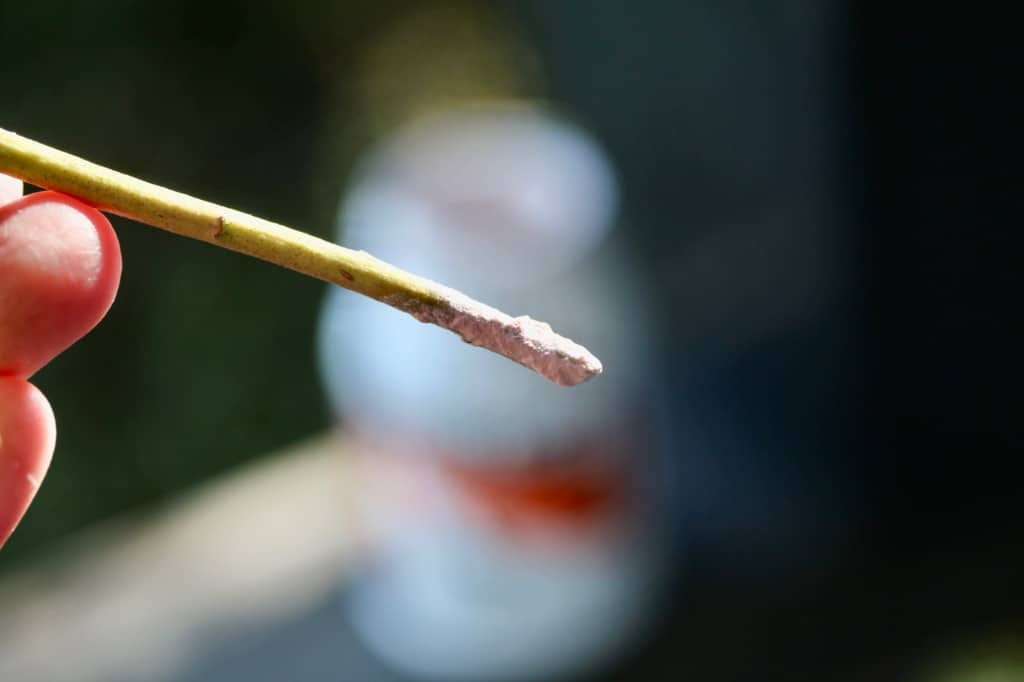
- Place the cuttings into the container with sterile growing medium. This can be a custom made medium with potting soil, sand and perlite, or a store bought sterile planting mix.
- Firm the soil down.
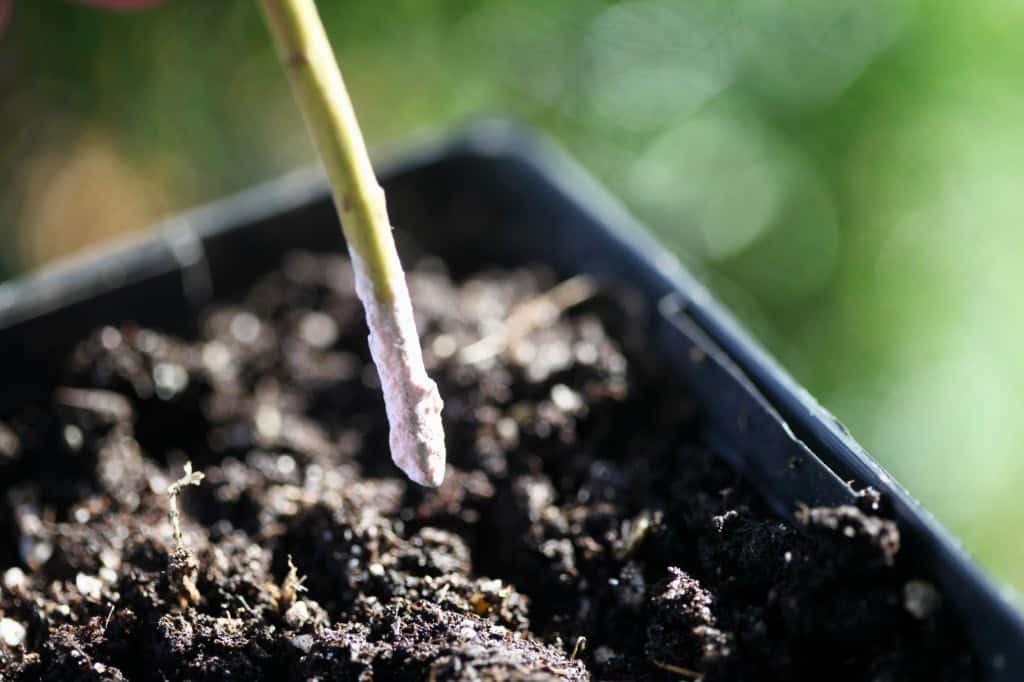
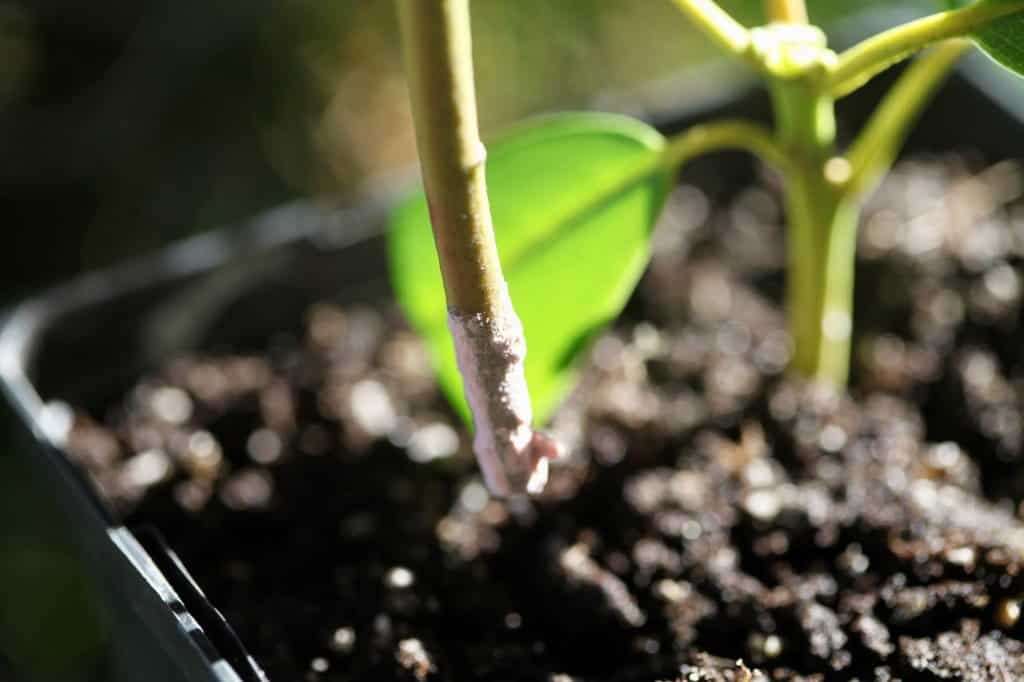
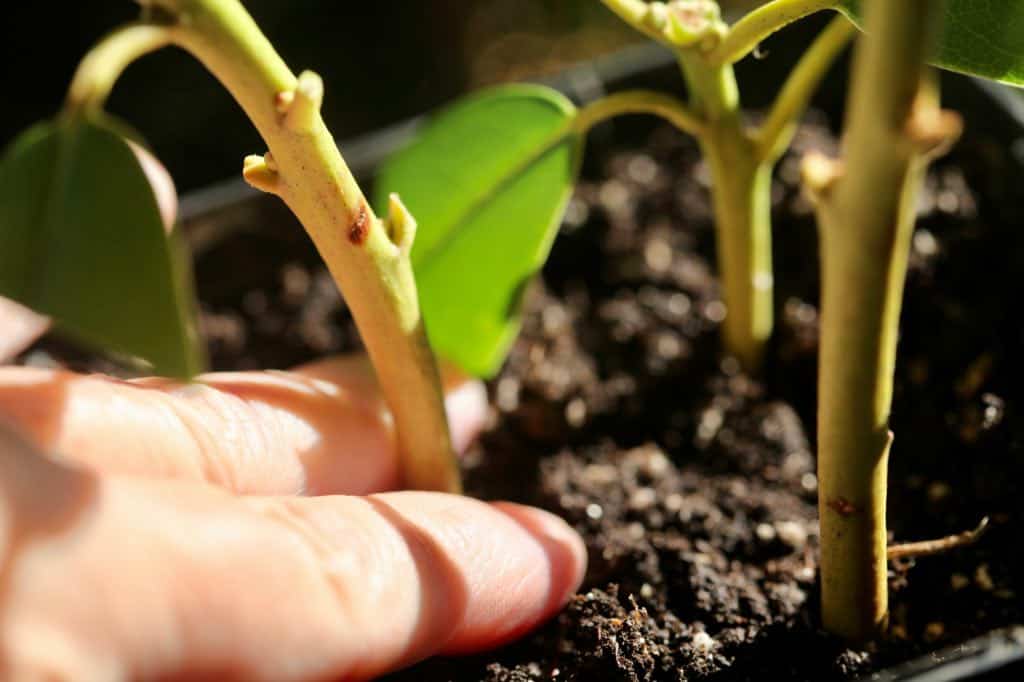
- Water in the newly planted cuttings, and keep the cuttings in lightly moist soil while rooting.
- Place in an area where there is some light, but not direct sunlight. The cuttings can also be placed in the shade.
- I placed my cuttings under a grow light, which is essentially a fluorescent light.
- Once rooted, they will remain there until hardened off the following spring, and then will be planted out into the garden.
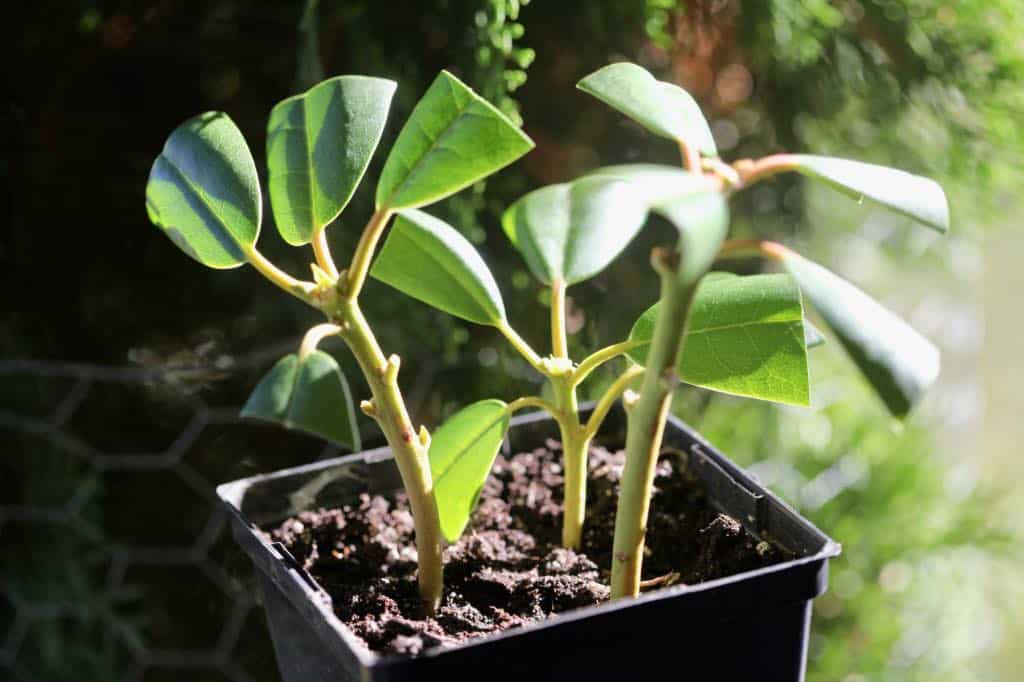
Use Of A Humidity Dome
- Cover the planting container of rhododendron cuttings with a humidity dome. A plastic cover will often come with planting containers, to serve specifically for this purpose.
- Keeping the environment around the cuttings as humid as possible will help to keep them from drying out as you wait for the roots to develop. This humid environment can be accomplished with the use of a humidity dome.
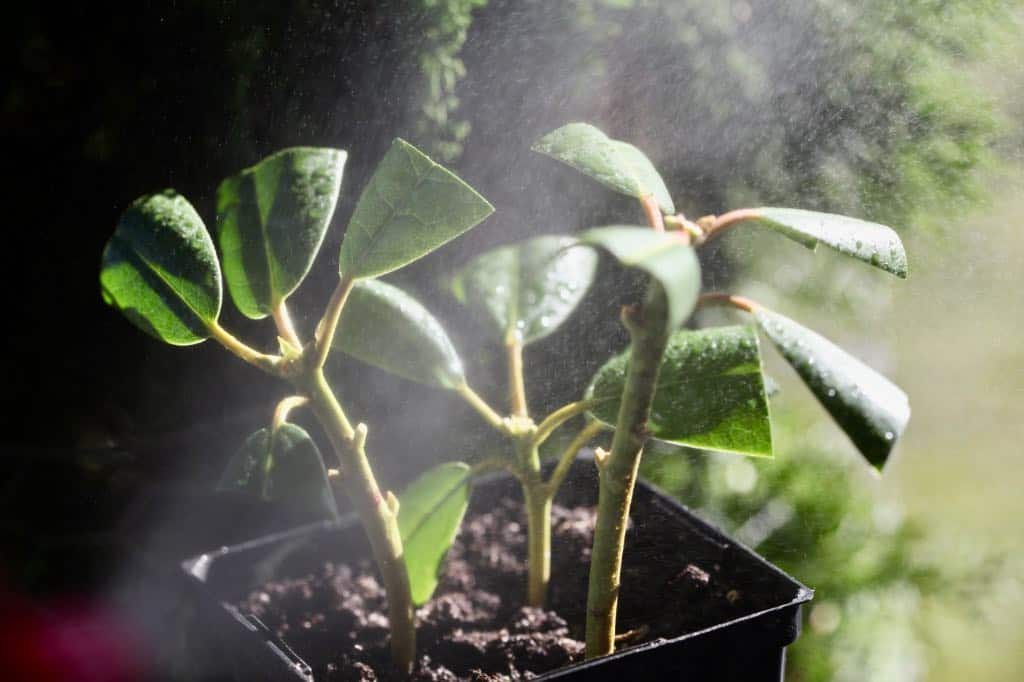
DIY Humidity Domes
If there is not a humidity dome already in place on your planting container, don't worry, these units are very easy to make. You can certainly make your own diy humidity dome.
Depending on the size of the dome required, you can make a humidity dome out of:
- a recycled plastic bottle
- a clear or opaque plastic container
- or a clear plastic bag
Just make sure that there are openings at the top of the humidity dome to allow for excess moisture and warmth to escape.
- This will also help to prevent mold formation.
- Cut the openings with a drill or sharp tool, and in the case of plastic bags, a sharp pair of scissors. Just cut a one inch notch in the middle of the top portion of the plastic bag.
- For a plastic bottle, be sure to leave the cap off.
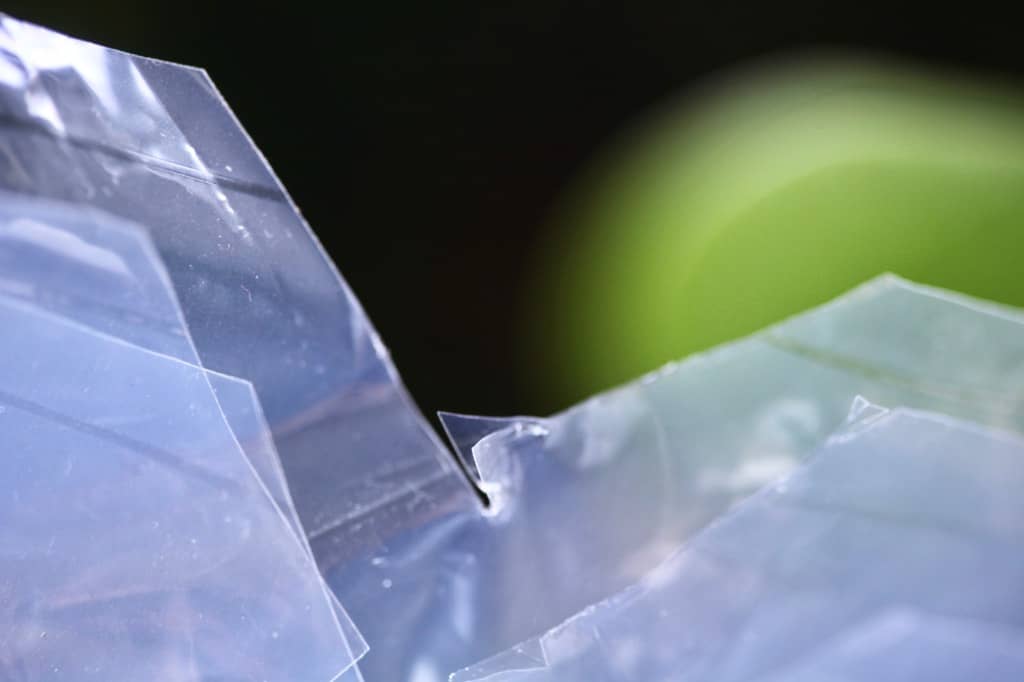
Secure the dome in place on top of the container of rhododendron cuttings.
If you have used a plastic bag , secure the bottom of the bag in place on the top of the pot, with a rubber band.
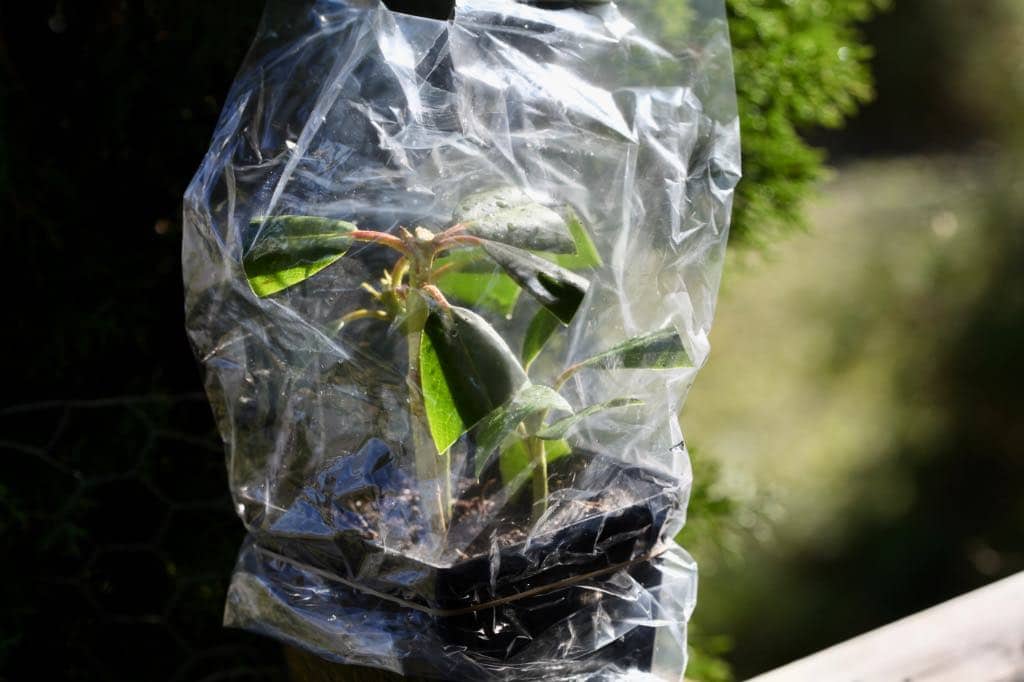
Misting The Cuttings
- Spray the cuttings from time to time with a spray bottle of water.
- You will be able to observe the humidity within the dome by watching for droplets of condensation on the sides of the dome.
- When the condensation droplets have disappeared, it's time to spray the stems and leaves of the cuttings again.
- Keep the cuttings in a humid environment while they are rooting. This will help to keep the stems and leaves fresh, and prevent them from drying out.
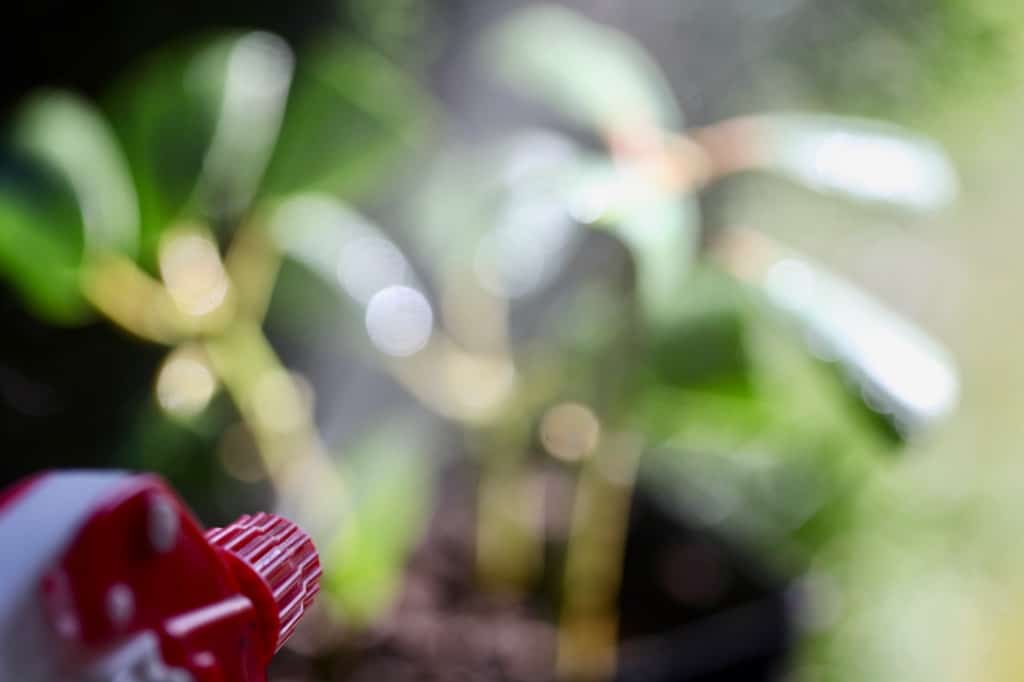
How Long Does It Take Rhododendrons To Root?
It can take up to 6 months to a year for root formation to occur, depending on the type of rhododendron you are rooting.
Cuttings can also form their own roots earlier than this, with new roots forming sometimes as early as several months.
It's important to be patient, and allow the cuttings to root in their own time.
Root growth is dependent on many factors, including but not limited to the individual plant variety, the size and condition of the stems, the air temperature, the soil temperature, lighting, humidity, and level of moisture in the soil.
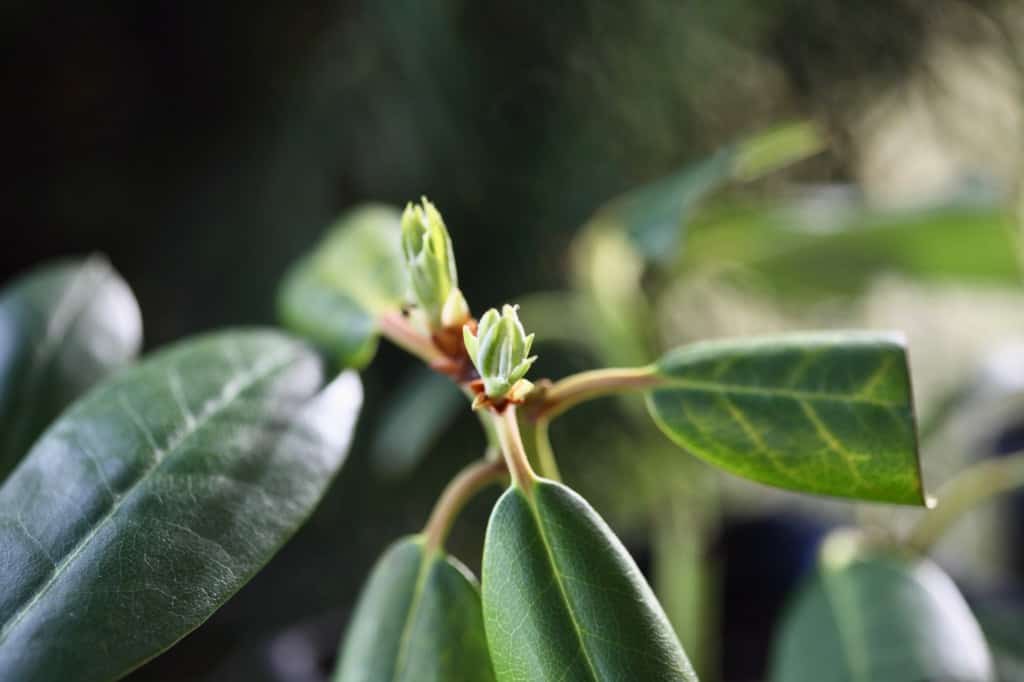
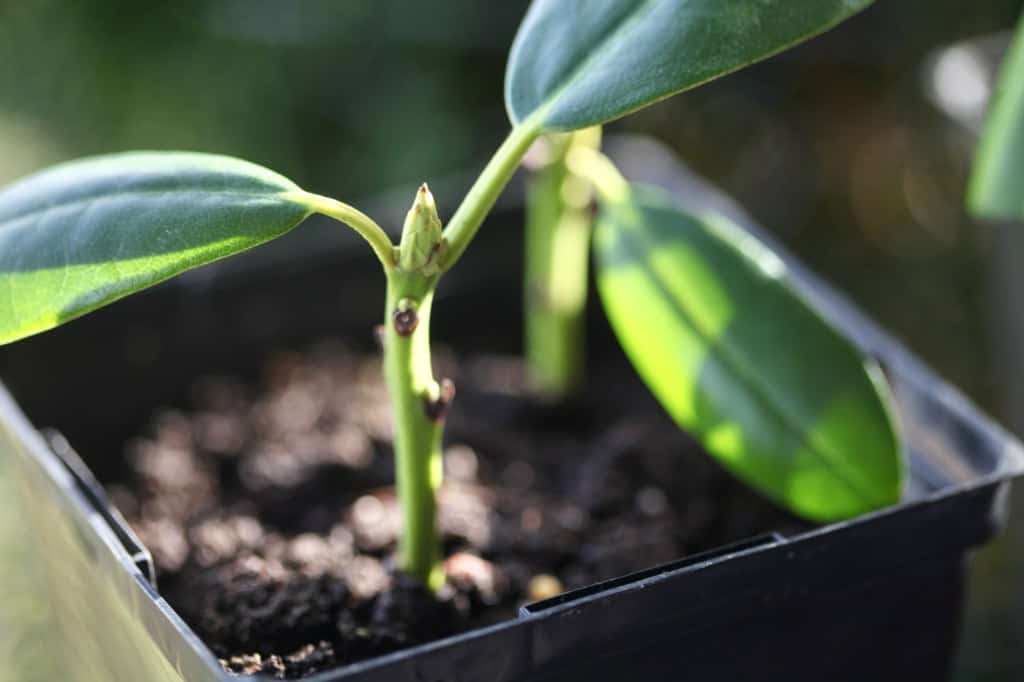
Planting The New Plants Into The Garden
Plant the rooted cuttings into the garden when they are approximately one year old, in either fall or spring depending on your growing zone.
In colder growing zones it's often best to do a spring planting, to allow the plant to grow and establish a good root system in the ground, before the fall and winter frosts set in.
If planting in spring, plant after the last frost date in your usda plant hardiness zone.
Plant in acidic soil amended with organic matter such as pine needles. Rhododendrons can be planted in a sunny or dappled shade location.
Make sure to allow for proper spacing between plants, as the young plants will likely grow very large over time. Spacing is dependent on the rhododendron variety.
Some rhododendrons will grow faster than others, depending on the rhododendron species or cultivar.
The new rhododendron plants will bloom in approximately 3 to 4 years from planting into the garden.
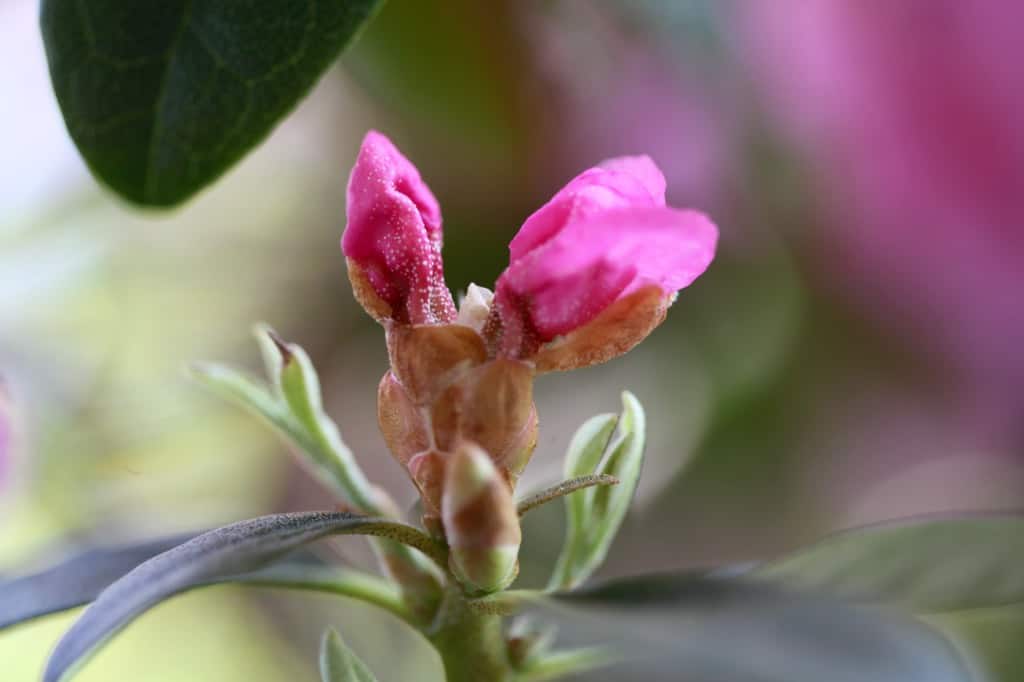
Can You Root A Broken Rhododendron Branch?
It may be possible to propagate part of a rhododendron branch from cuttings, as long as the branch has been recently broken, and remains fresh, without any evidence of drying.
You will not be able to root the whole branch, but rather parts of it, if you take cuttings off the top of the branch.
Just remember that the best time of year to take rhododendron cuttings is later in the season, and the best stems to take are semi-hardwood, for the best rooting success.
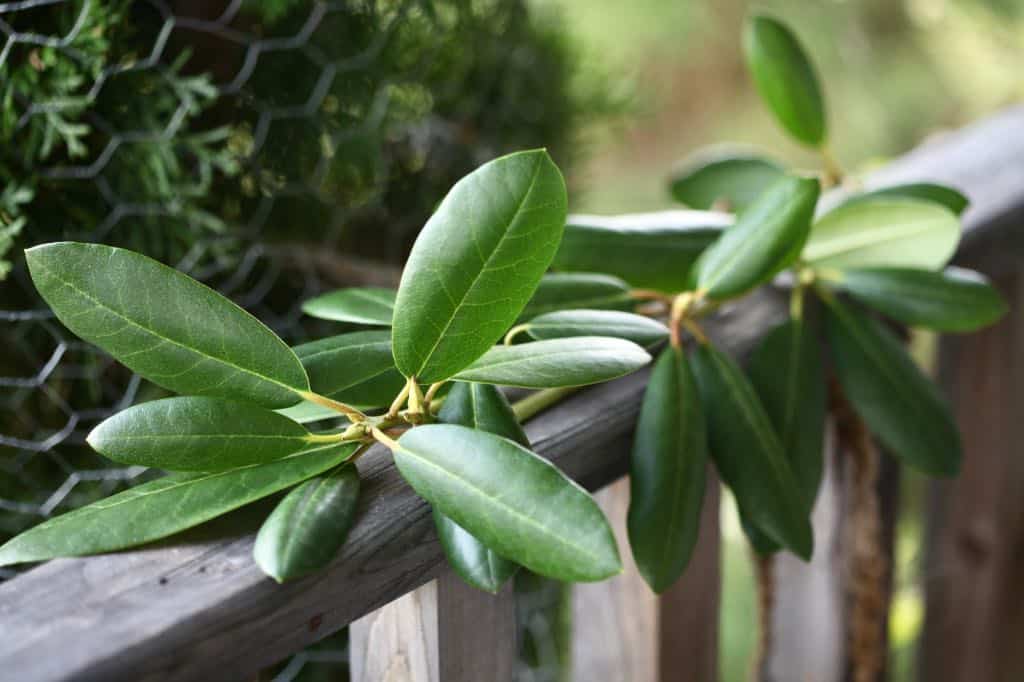
Conclusion
Propagating cuttings from evergreen rhododendrons is a great way for home gardeners to grow a variety of different cultivars of this beautiful shrub. It's also a great way to grow more of the rhododendrons that you love.
It's the simplest propagation method for the plant, with great results.
All you need is a little patience, a bit of time, and a few cuttings, to grow new rhododendron plants for your garden.
You can also grow evergreen azalea cuttings using the same techniques.
Growing from stem cuttings will result in plants identical to the mother plant, unlike growing from seed, which will result in a new plant.
Consider trying your hand at propagating rhododendrons from stem cuttings next season, and fill your garden with these beautiful flowering shrubs.
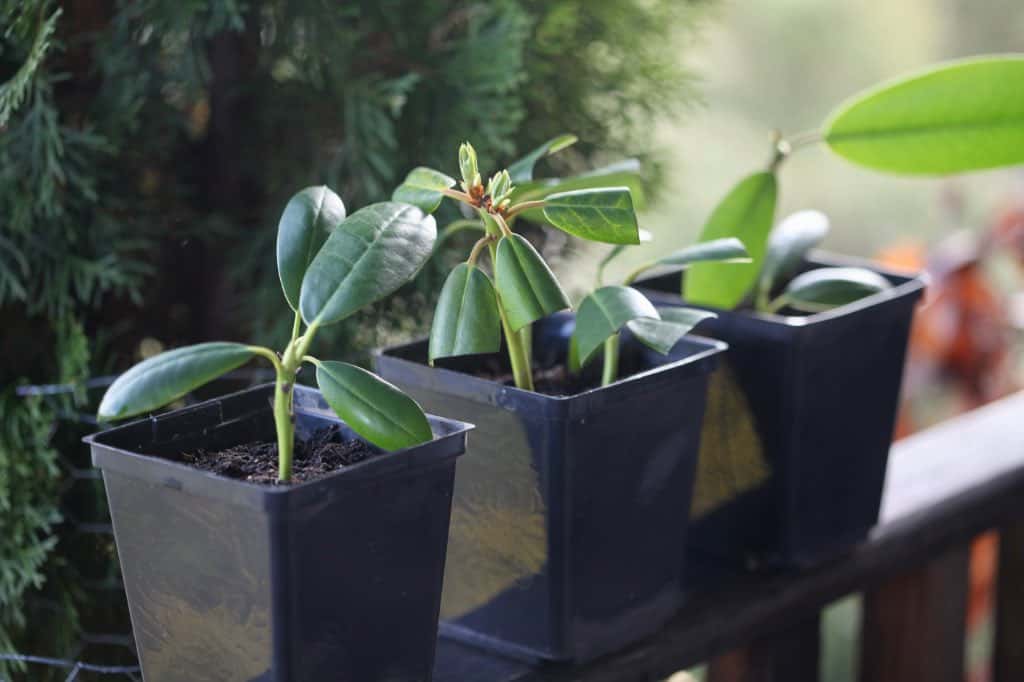
Have you ever tried to propagate rhododendron from cuttings? Be sure to leave a comment below to share your experience!
Other Posts You May Like:
See the Web Story on Propagating Rhododendron From Cuttings!
PIN IT FOR LATER!
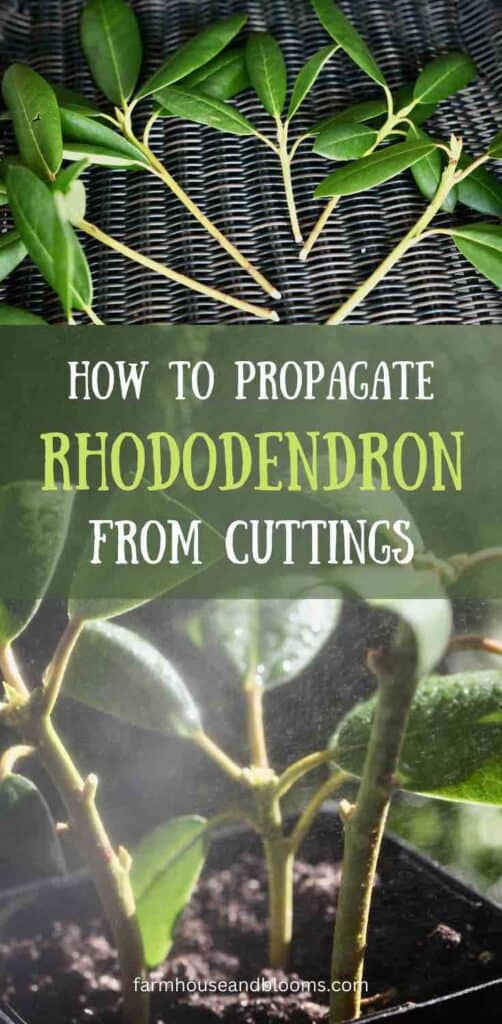
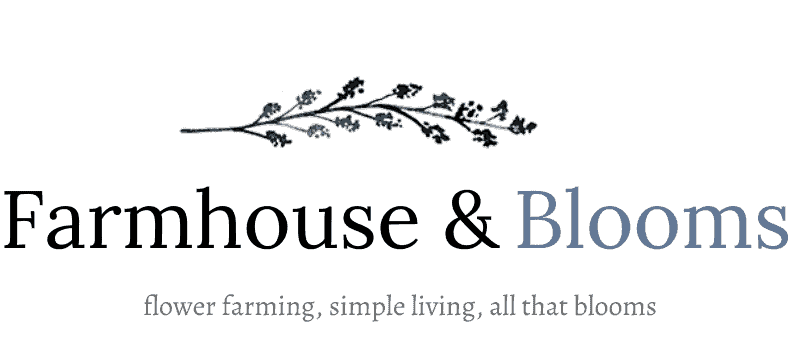

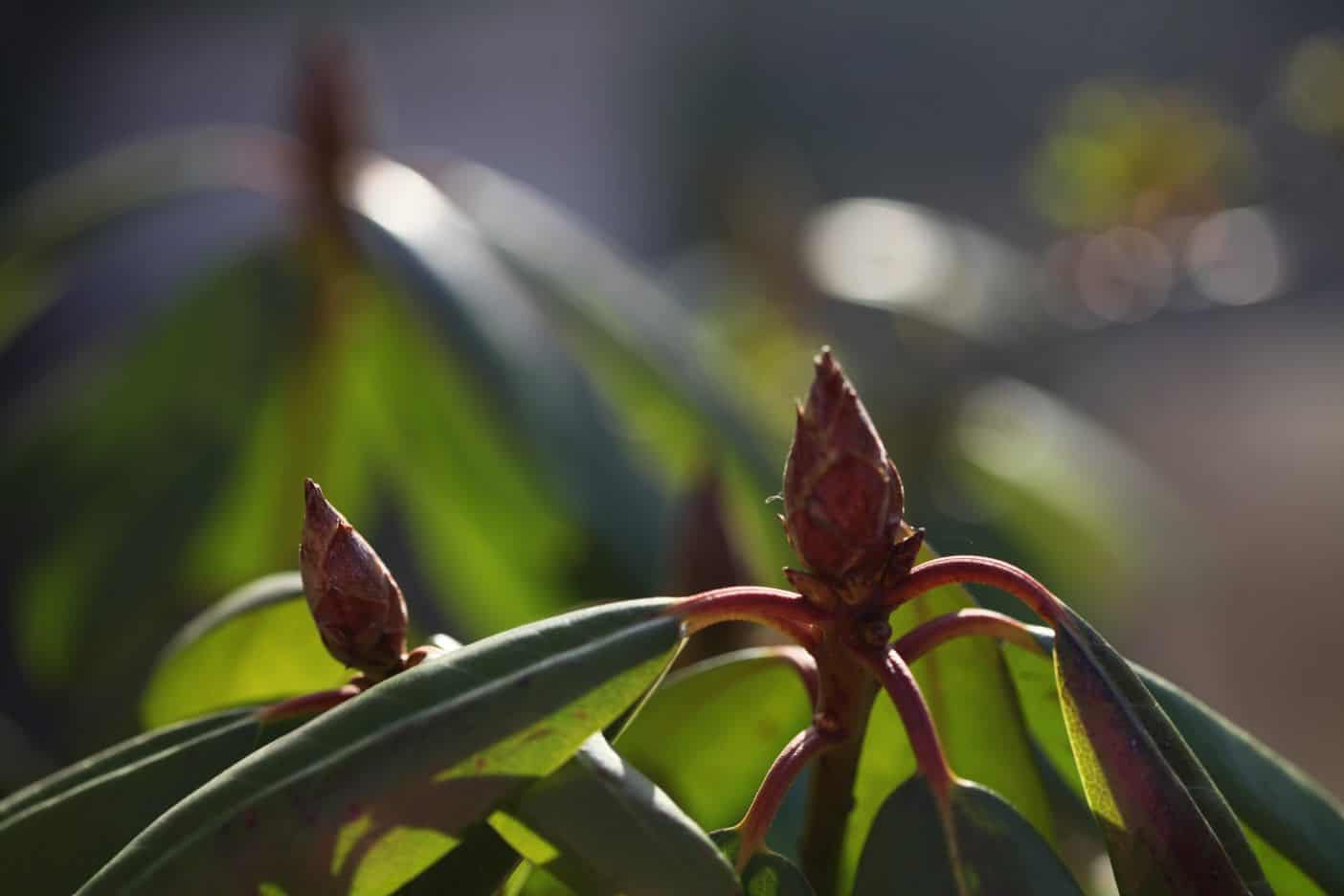
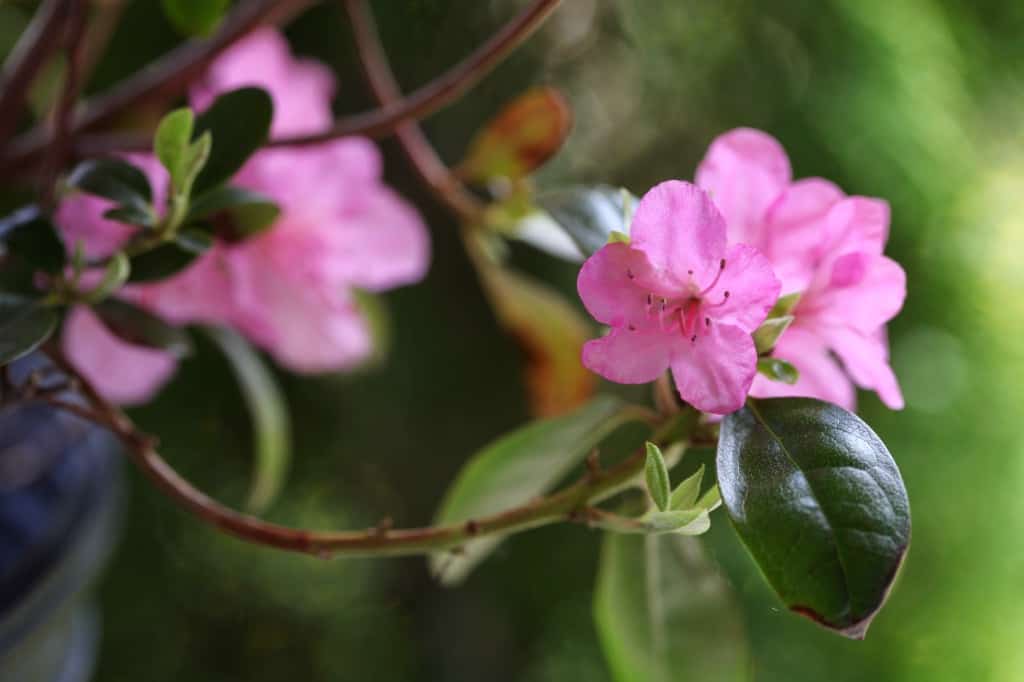
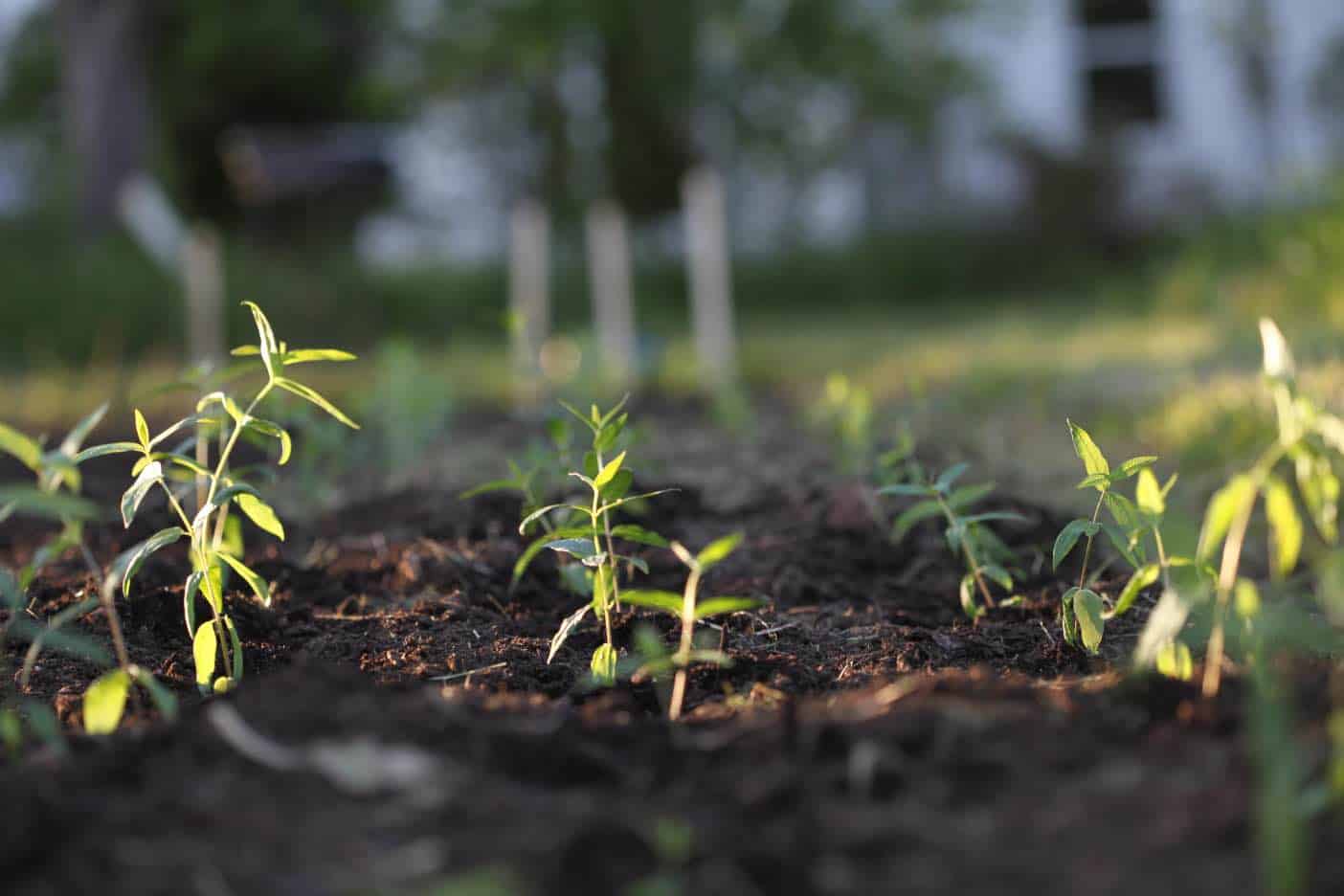
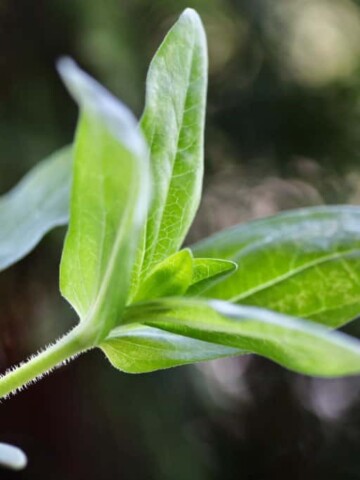
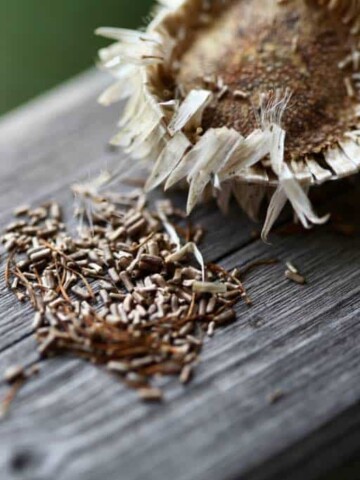
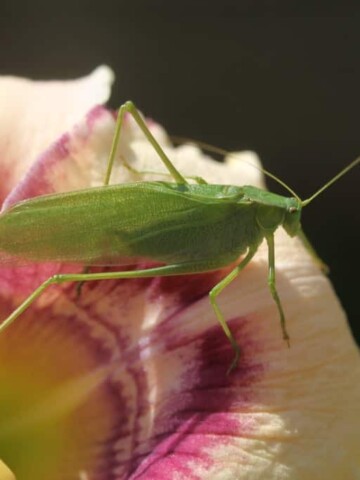
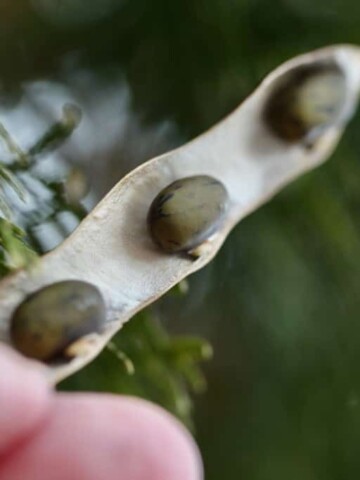
Barbara Clark
Would you please contact me about the potential of using a couple of your Rhododendron photos for a WSU Master Gardener Educational program in 2023.
Thank you,
Barbara Clark
cheyanne
Thank you Barbara, I will be in touch.